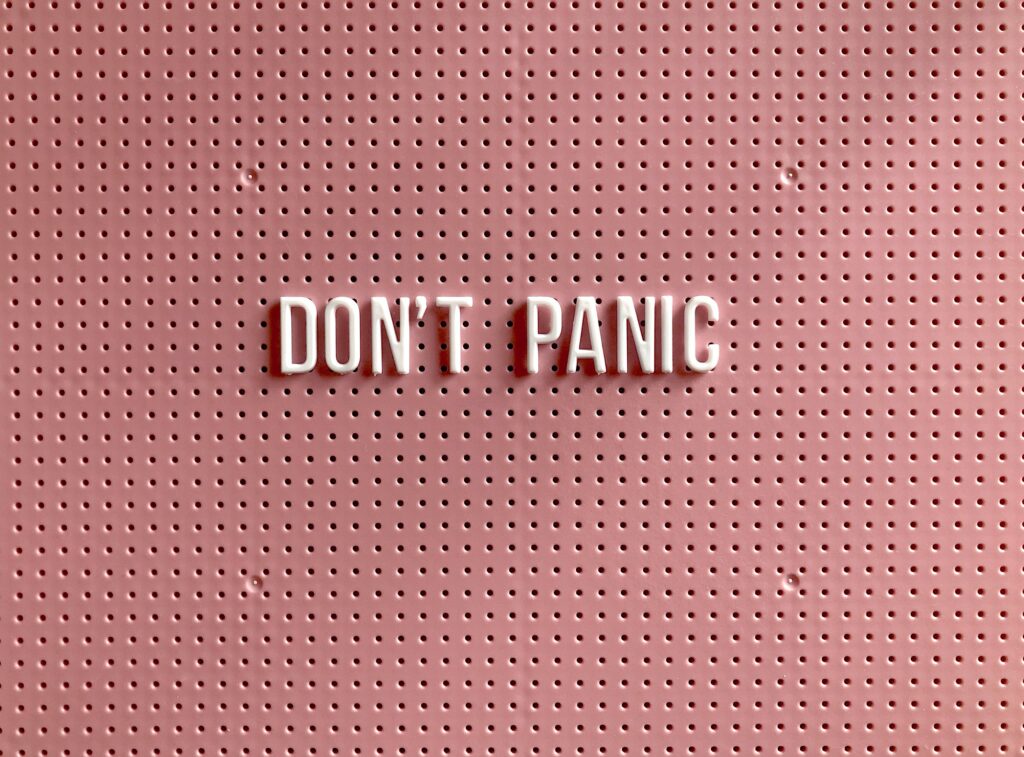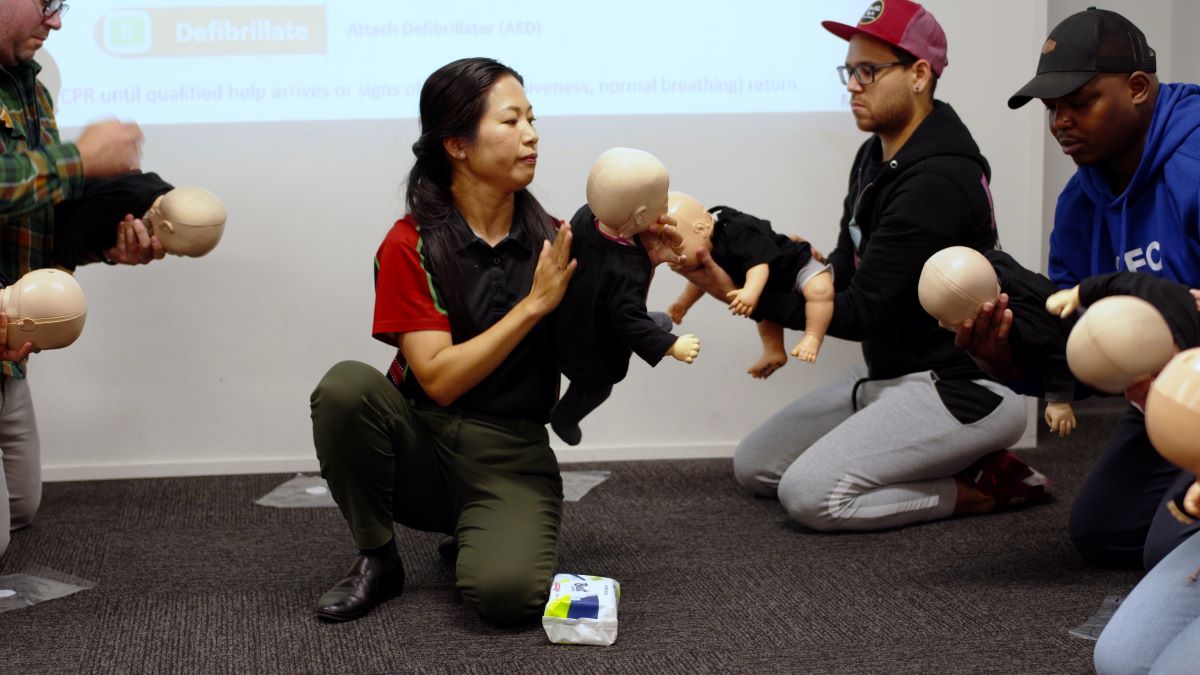Most of us will experience a certain level of stress at work, which sometimes leads to workplace anxiety.
There is what we call ‘good’ and ‘bad’ stress, but when it is sustained for extended periods, it can escalate to chronic headaches and panic attacks.
In this article, we will discuss workplace anxiety and how to deal with it through mental health first aid.
Anxiety and Stress in the Workplace
When worrying about something specific, like an imminent deadline or a new project at work, there is a formless feeling of dread you may experience. The fear of not meeting the due date, getting fired, or not being good enough… All these can cause worker stress, eventually leading to workplace anxiety.
Some may even find themselves in the middle of a full-blown panic attack. During such dark times, the temptation to break this vicious cycle of fear and stress can be huge.
According to ADAA, “anxiety disorders are real, serious medical conditions — just as real and serious as physical disorders such as heart disease or diabetes.” In fact, anxiety disorders are one of the most common and pervasive mental illnesses among Australians.
Having an anxiety disorder can make a major impact on how you work. If you feel the same, the good news is that you are not alone, and there are many things you can do to help control the symptoms.
Signs of Work Anxiety
There are symptoms that are common in terms of workplace anxiety and anxiety in general. These include the following:
- Excessive or irrational worrying
- Feeling restless, wound up, or on-edge
- Tiredness or fatigue
- Shaking or trembling
- Irritability
- Dry mouth
- Sweating
- A pounding/racing heart
- Sleeping problems (difficulty sleeping or staying asleep)
In addition to the general symptoms of anxiety, the constant worrying may also translate into the following problems at work:
- Failure to meet deadlines
- Inability to concentrate
- Taking an unusual number of sick days or lost productivity
- Overreacting to situations at work
- Spillover effect outside the workplace (family life and other personal relationships)
How to Deal with Anxiety at Work
Plan and prepare
Get started on major tasks as early as possible and set mini-deadlines to track progress. Make room for issues and work your way to prevent time.
For effective work planning, practice time management and stay organized. Clear your work area, make a to-do list and prioritise what needs to be done. Schedule enough time to check off everything on your to-dos. Doing these can save you time in the long run and may prevent a crisis later.
Tell a trusted coworker.
Share experiences with someone who knows and accepts your condition. Telling a trusted coworker or supervisor can be comforting and may reduce anticipatory anxiety or panic attacks at work.
Set boundaries
Take scheduled breaks and take a walk around the blocks for a few minutes. Walking in nature while practicing deep breathing techniques can help clear your head.
Set boundaries by trying not to bring work stuff at home. Avoid checking your work email or voice mail after working hours.
Be Physically Healthy
Being physically healthy play a role in boosting mental wellness. To achieve that, eat healthy food choices, get enough sleep, exercise regularly, and limit caffeine and alcohol use.
Keep your mind and body in shape to handle challenging situations.
Ask For Help
It may not sound easy to ask for help, but it helps in relieving overall anxiety about work responsibilities.
When dealing with anxiety, stress, and other related disorders, it is important to seek help. Whether it is mental health first aider at work, a therapist, or a counselor – seeking the right help often results in positive outcomes.
Educate yourself
Know how to recognise the symptoms and how to handle them if you experience any at work. Learn mental health first aid (MHFA) to be familiar with ways to help yourself and others in both crisis and non-crisis situations.
MHFA training will help equip you with the knowledge and practical skills to help a person developing a mental health problem.
Conclusion
Next time you feel like your mind is your greatest enemy, try to remember these tips and learn mental health first aid.
Mental Health First Aid (MHFA) training provides useful information and practical techniques to approach and support a distressed worker. Making MHFA available to everyone can help organisations and businesses build a resilient and productive workforce.
Visit our course page or reach out to us at courses@firstaidpro.com.au for more information.







